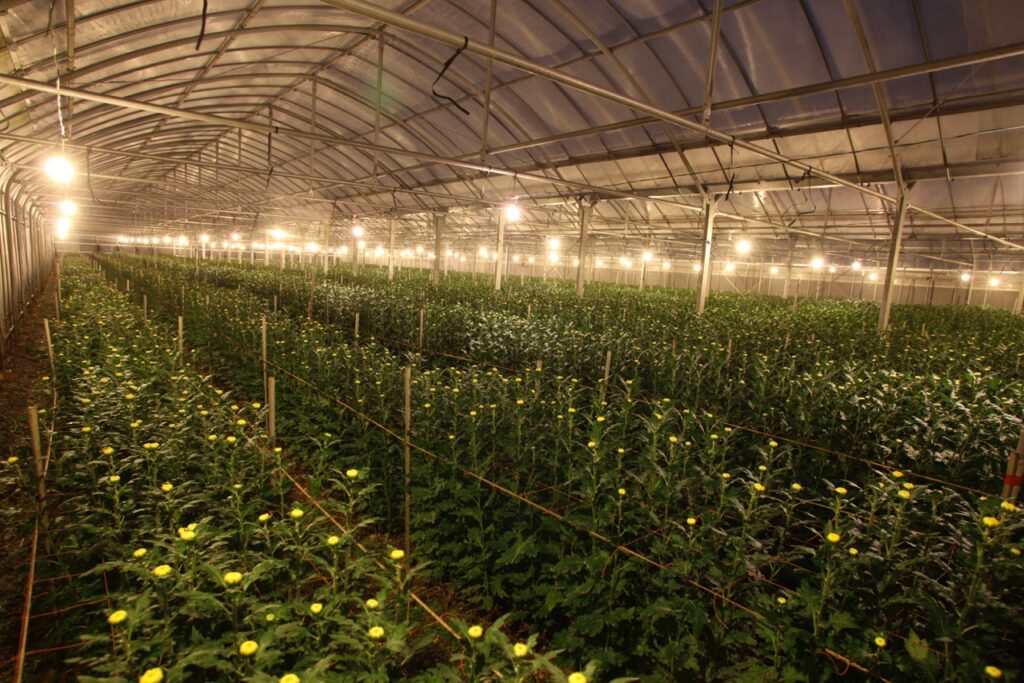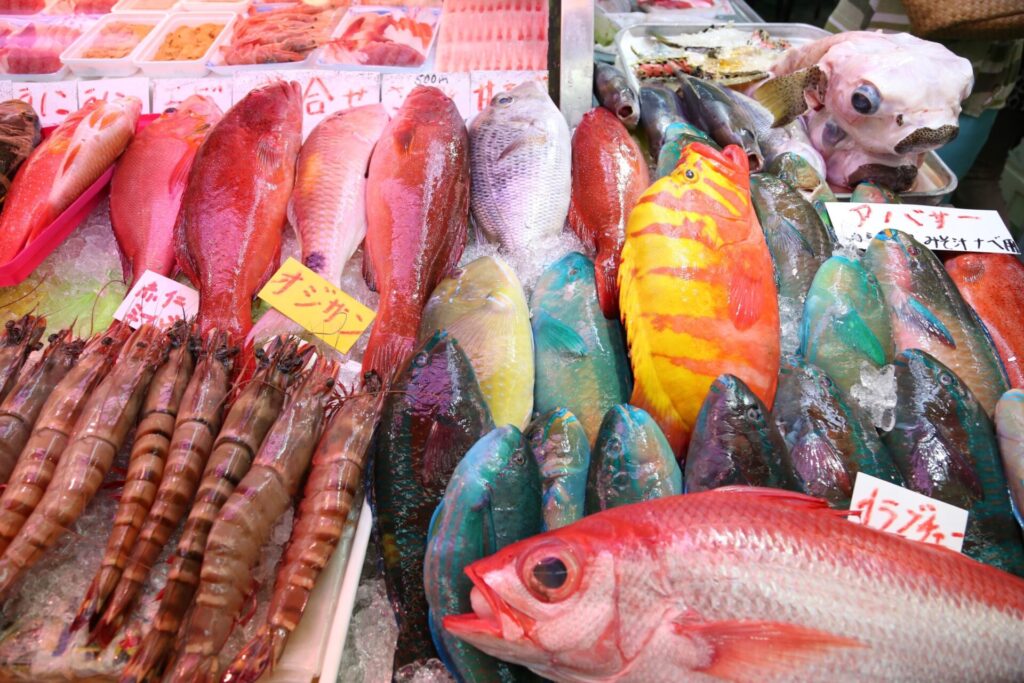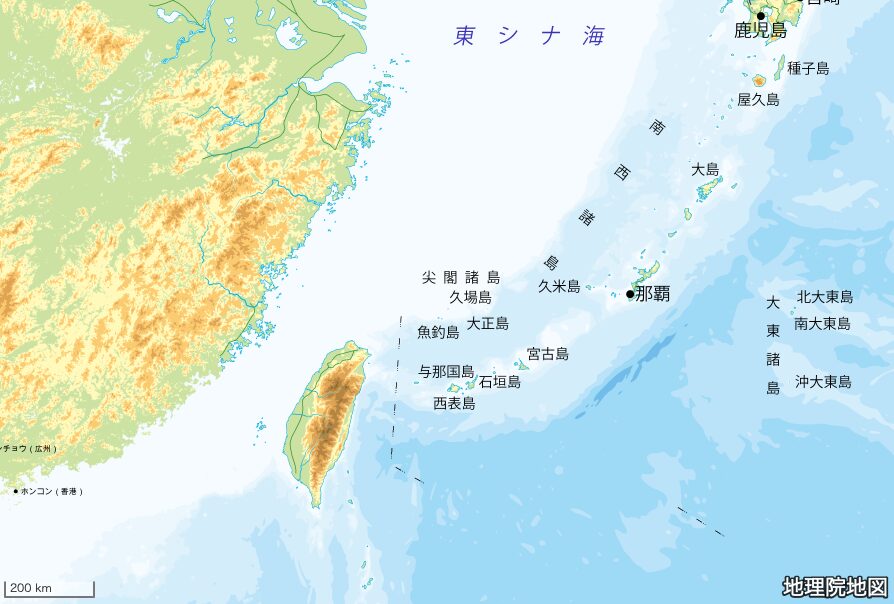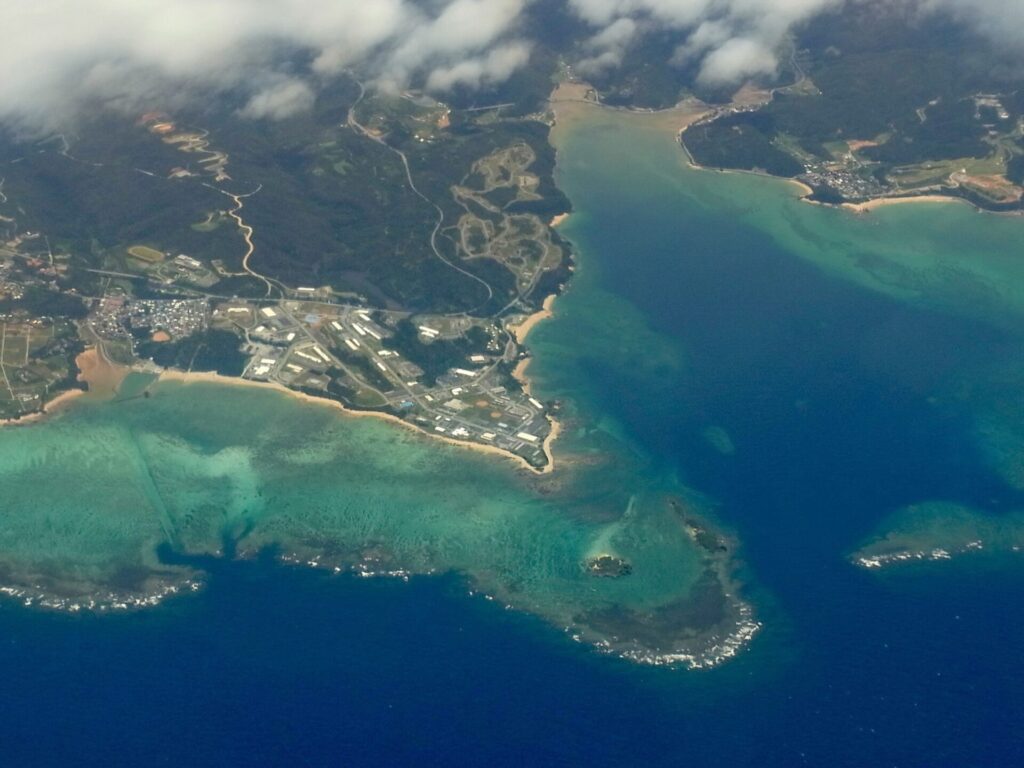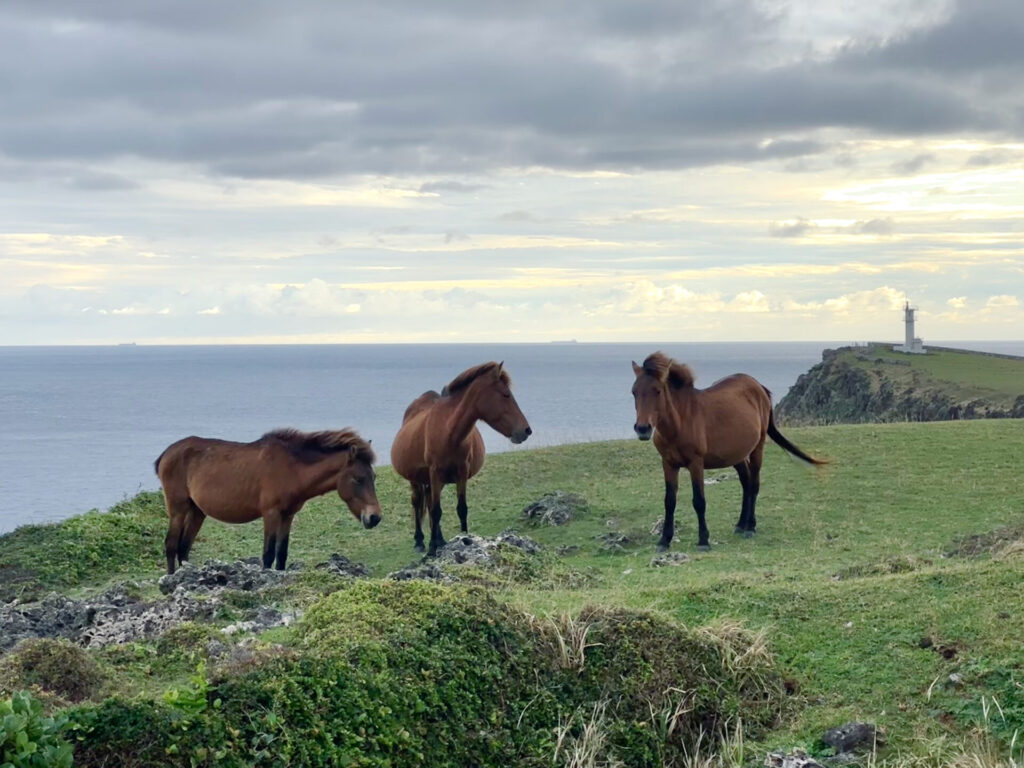Dugong

A dugong is a marine animal in Okinawa that suddenly attracted attention in 1998. Pictures of them swimming offshore of Camp Schwab (Henoko – Nago, Eastern coast in the northern part of the main island), one of the candidates for the relocation of Futenma Air Station, were widely reported by the media. Combined with the disputes regarding the construction of an offshore air base, the apparition of this nationally designated protected species (also listed in Article 1 of CITES which strictly restricts commercial trade) exposed the issue. Despite the attention it gathered, little is known about the dugong itself.
Dugongs used to be called Zan or Zannuiyu in Okinawa. As old as the times of the Ryukyu, dugong fishery was a custom on Aragusuku Island in Yaeyama. They also appear in folk tales related to tsunamis and thus, are a familiar presence.
Dugongs are marine mammals belonging to the Dugongidae family of the order Sirenia, less than 3 meters long and weighing about 250-350kg. Their distribution range is fairly wide: from Mozambique on the western coast of Africa to the Red Sea in the West, the eastern coast of Australia, Indonesia, and the Philippines to the East, and as north as Southwest Islands. Dugongs only eat limited species of seaweed such as Ryukyu sugamo and beniamamo. The growth of these seaweeds in the Southwest Islands is apparently the factor accounting for their distribution. According to rearing precedents, dugongs eat seaweeds of about one-tenth of their body weight everyday. In 1998, the media reported the meandering feeding trail found in the shallow sandy seaweed bed. As they inhabit such shallow water, they have been affected by humans’ fishery, and are apparently shifting to nocturnal activity by staying outside of the reef during the day, and only coming to the seaweed bed at night. They were spotted near Amami Island in 1960, however, no reports were made ever since, and consequently, the present-day northeastern periphery is thought to be around Okinawa. In addition, 13 individuals were seen as part of its population research and most of them were sighted off the east coast of the main island. We also sometimes hear of some people who saw them. Although it is unknown how many dugongs were originally in the Okinawan waters, it is estimated that the number greatly decreased due to post-war dynamite fishing. We also hear of people eating dugongs at that time.
That dugongs’ field of living overlapping with that of humans is now their matter of life and death. Most of the sighted individuals mentioned earlier were caught in gill nets or fixed nets. In that sense, it seems necessary to take measures to set up conservation areas; however, no basic or organized research has been conducted so far to determine where and how many dugongs there are. Every time I see the reported photographs, I can’t help but feel that the dugongs are saying, “hurry up and do a thorough investigation,” whatever happens to the sea bases. If no actions are taken now, it is well possible that they become extinct in the Okinawan sea.
postscript:
So, how are the dugongs of Okinawa doing since then?
According to the private organization Dugong Network Okinawa, over a hundred sightings were reported in 1998~1999 (the organization also identified three individuals among them in 1999.)
The same organization and Professor Kasuya of Mie University conducted an investigation on the traces of seaweed bed consumption and a visual inquiry from the sky in Yaeyama waters in 1999. The result came in vain and it was announced that “None or very few dugongs inhabit Yaeyama.” Moreover, Professor Kasuya emphasized that “The east coast of Okinawa Island is the only water inhabited by dugongs in Japan, thus an area of importance,” and demanded for “an immediate action from the administration. If we start on their protection after knowing their current population in the area, it will be too late.”
For the preservation of dugongs, we need:
1. The maintenance of the seaweeds they feed on
2. Prevention of incidental catches in gill nets and set nets (it can cause death when tangled in the nets)
in their habitat.
There are other factors as well. In 1999, Nago City and the prefecture accepted to build a Marine Corps Air Station Futenma replacement facility in the Henoko waters, on the east coast north of Okinawa Island, and hence, massive construction work is anticipated in this area (details are to be announced.) Henoko waters is located in the center of the east coast where sightings are concentrated, and where seaweeds grow abundantly. Dugong protection and the base construction are definitely standing on the opposite of the other.
In June 2000, a dugong swimming at a port on the west coast, in the northern part of the main island, was reported with pictures and won attention. This individual had an unusually swollen belly, for which the researchers pointed out that it could possibly be pregnant. Given that most sightings of dugongs are concentrated on the east coast, it was a valuable report to be noted.
Like this, many important investigations or reports were carried out. Nonetheless, systematic or basic investigations are yet to be conducted.
In May 2000, the government commented that the dugong’s “designation as a National Endangered Species based on the Act on Conservation of Species is difficult, and thus the area cannot be assigned to be protected as their habitat due to the lack of sufficient knowledge of their survival status” to a written inquiry of a prefectural member of the Parliament. Such was the answer when the prefectural protection groups including the Dugong Network were requiring investigations for sufficient knowledge; the discussion appears to be going in circles. We seem to be quite far from the fullest picture of the dugongs in Okinawa. We hope that the Okinawan dugongs would strive and survive at all costs, until then.1
Editor’s Note:
- In April 2023, the new base construction in Henoko along with the relocation of U.S. Marine Corps Air Station Futenma came into its 6th year. Since the start of the construction, no dugongs were seen in the surrounding area, but some excrement was found in July 2022, in the southwest waters offshore of Henoko.







